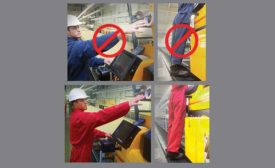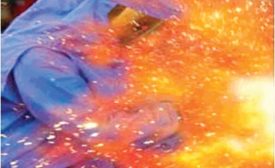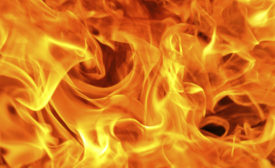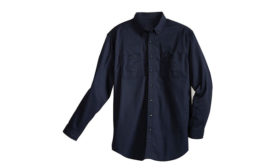Home » Arc flash
Articles Tagged with ''Arc flash''
Know all the causes of arc flash accidents
Are careless employees always to blame?
March 1, 2017
Become a Leader in Safety Culture
Build your knowledge with ISHN, covering key safety, health and industrial hygiene news, products, and trends.
JOIN TODAYCopyright ©2025. All Rights Reserved BNP Media.
Design, CMS, Hosting & Web Development :: ePublishing











